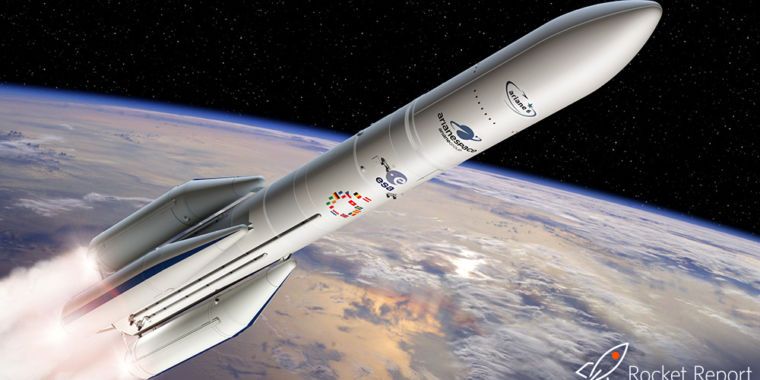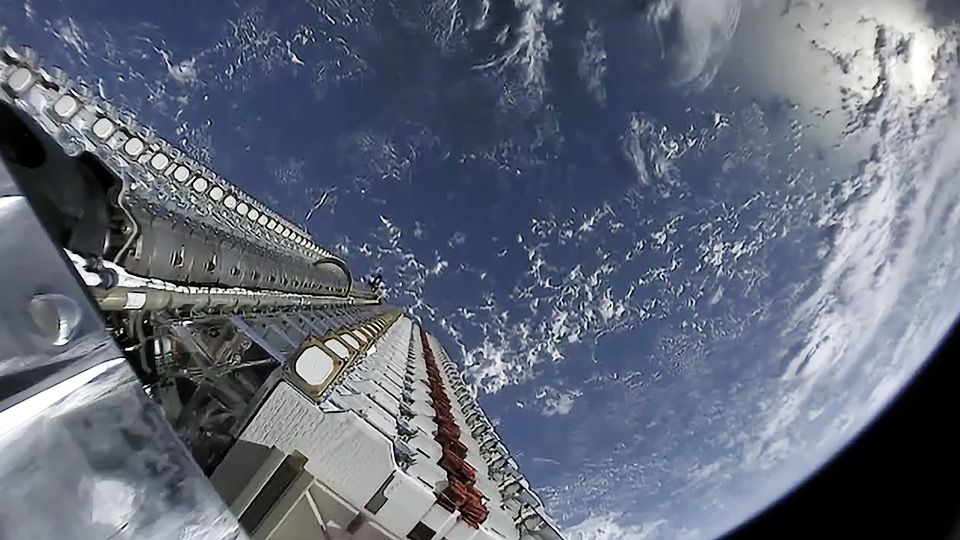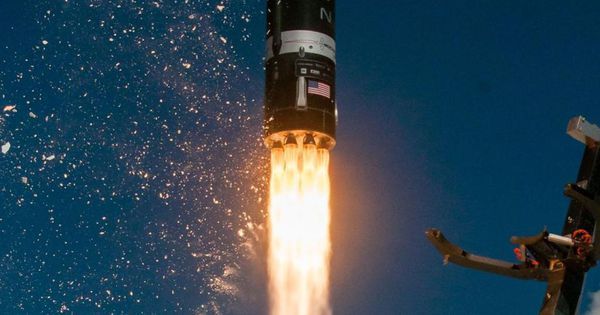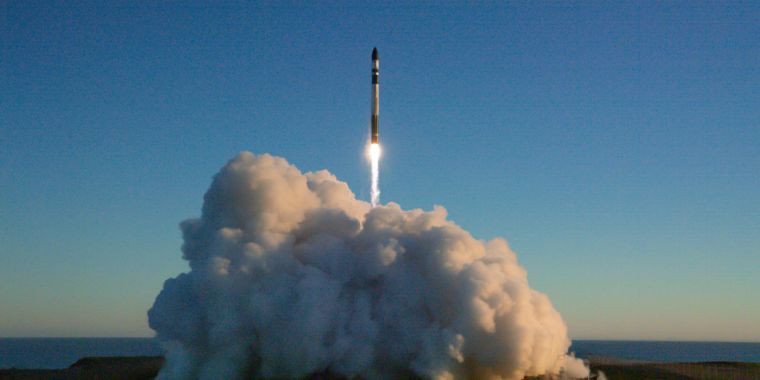The atmosphere is fluid. This means it’s subject to fluid dynamics, such as circulation, currents, and, yes, gravity waves. The atmosphere is always in motion, so these phenomena happen all the time; but actually seeing them is another matter.
Well, thanks to weather satellites, now you can take a mighty gawk at atmospheric gravity waves that rippled out over Western Australia last week.
Not to be confused with gravitational waves, which are disturbances in the curvature of spacetime created by massive acceleration, gravity waves, also known as buoyancy waves, are a physical phenomenon where waves are generated in any fluid medium, such as waves at the beach, or ripples in a glass of water.









